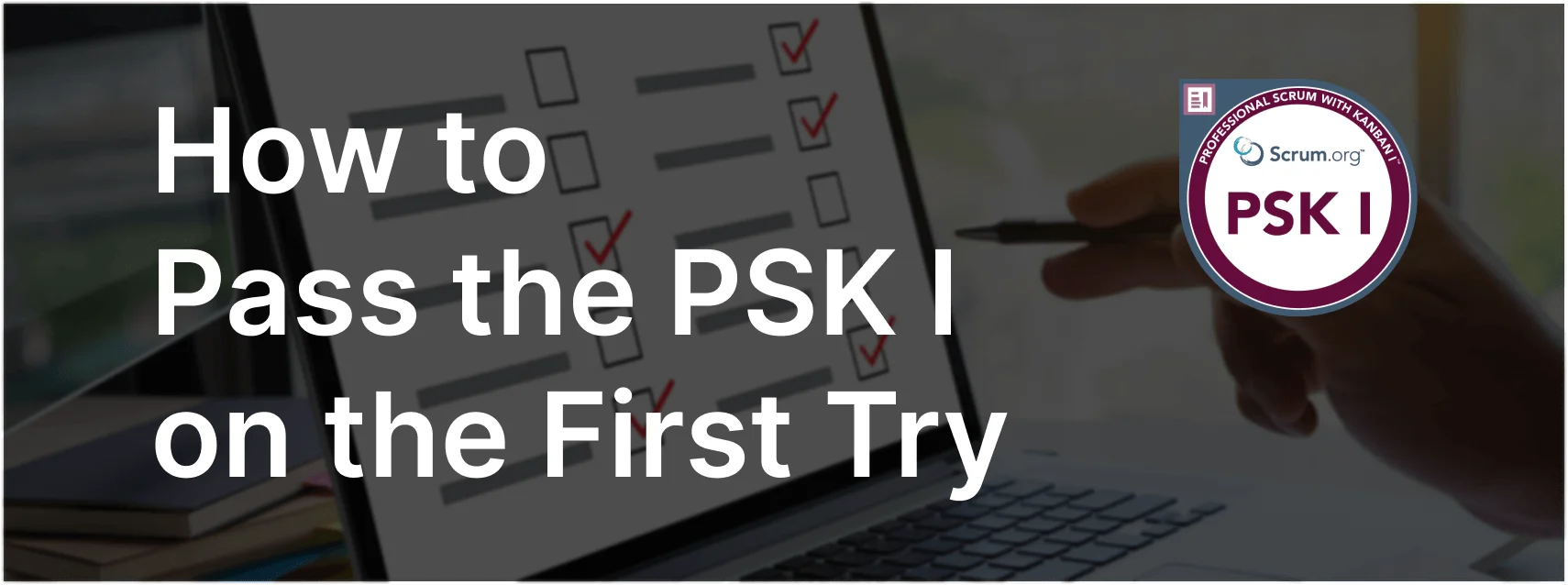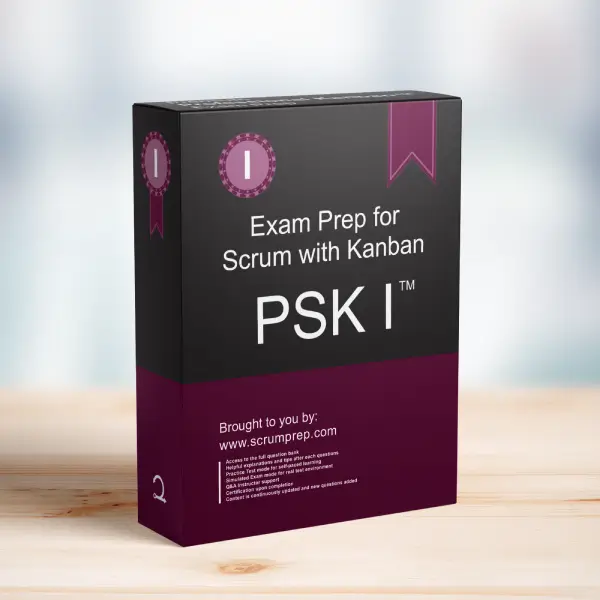Essential Components to Initially Achieving Flow
Achieving flow in a Kanban system involves several key practices that help manage and optimize the workflow. Some practices are essential to start with, while others are supportive but not critical in the initial stages.
Exam Question
Which of the following is NOT an essential component to initially achieving flow?
(choose the best answer)
A. Ensuring the Product Backlog is refined frequently.
B. Limiting Work in Progress (WIP).
C. Visualizing your workflow.
D. Actively managing WIP.
E. Inspecting & adapting your workflow.
Correct Answer
A. Ensuring the Product Backlog is refined frequently.
Explanation
Correct Answer
A. Ensuring the Product Backlog is refined frequently:
While refining the Product Backlog is important in Scrum and other Agile frameworks, it is not an essential component specific to initially achieving flow in a Kanban system. Kanban focuses more on the flow of work items through the system rather than on the refinement of the backlog itself.
Why the Other Options Are Essential
B. Limiting Work in Progress (WIP):
Limiting WIP is a core principle in Kanban that helps manage the flow of work, reduce multitasking, and ensure that tasks are completed efficiently.
C. Visualizing your workflow:
Visualization, typically done through Kanban boards, is essential for understanding the flow of work, identifying bottlenecks, and making the process transparent to all team members.
D. Actively managing WIP:
Actively managing WIP involves monitoring and adjusting WIP limits to ensure a smooth flow of work. This practice is crucial for maintaining efficiency and preventing overloading the team.
E. Inspecting & adapting your workflow:
Continuous inspection and adaptation are key to improving the workflow. By regularly reviewing and refining the process, teams can identify areas for improvement and enhance their overall efficiency.
Importance of These Components in Kanban
- Flow Management: Practices like limiting WIP, visualizing workflow, actively managing WIP, and inspecting & adapting the workflow are all geared towards managing and optimizing the flow of work items.
- Transparency: Visualization provides clarity on the current state of work, making it easier to identify issues and communicate progress.
- Continuous Improvement: Regular inspection and adaptation ensure that the team continuously improves its processes and outcomes.
Effective Practices for Achieving Flow
- Set WIP Limits: Clearly define and enforce WIP limits to maintain a manageable amount of work in progress.
- Use Kanban Boards: Implement Kanban boards to visualize the workflow and track progress.
- Review Regularly: Conduct regular reviews to inspect and adapt the workflow based on feedback and performance data.
Relevance to the PSK I Exam
Understanding the essential components to initially achieving flow is crucial for the PSK I exam. It demonstrates knowledge of how to implement and manage a Kanban system effectively.
Key Takeaways
- Ensuring the Product Backlog is refined frequently is not an essential component to initially achieving flow in Kanban.
- Essential components include limiting WIP, visualizing workflow, actively managing WIP, and inspecting & adapting the workflow.
- These practices help manage and optimize the flow of work, ensuring efficiency and continuous improvement.
Conclusion
To initially achieve flow in a Kanban system, focus on limiting WIP, visualizing your workflow, actively managing WIP, and inspecting & adapting your workflow. While refining the Product Backlog is important in Scrum, it is not essential for achieving flow in Kanban. For more information on preparing for the PSK I exam, visit our Professional Kanban PSK I™ Exam Prep.



